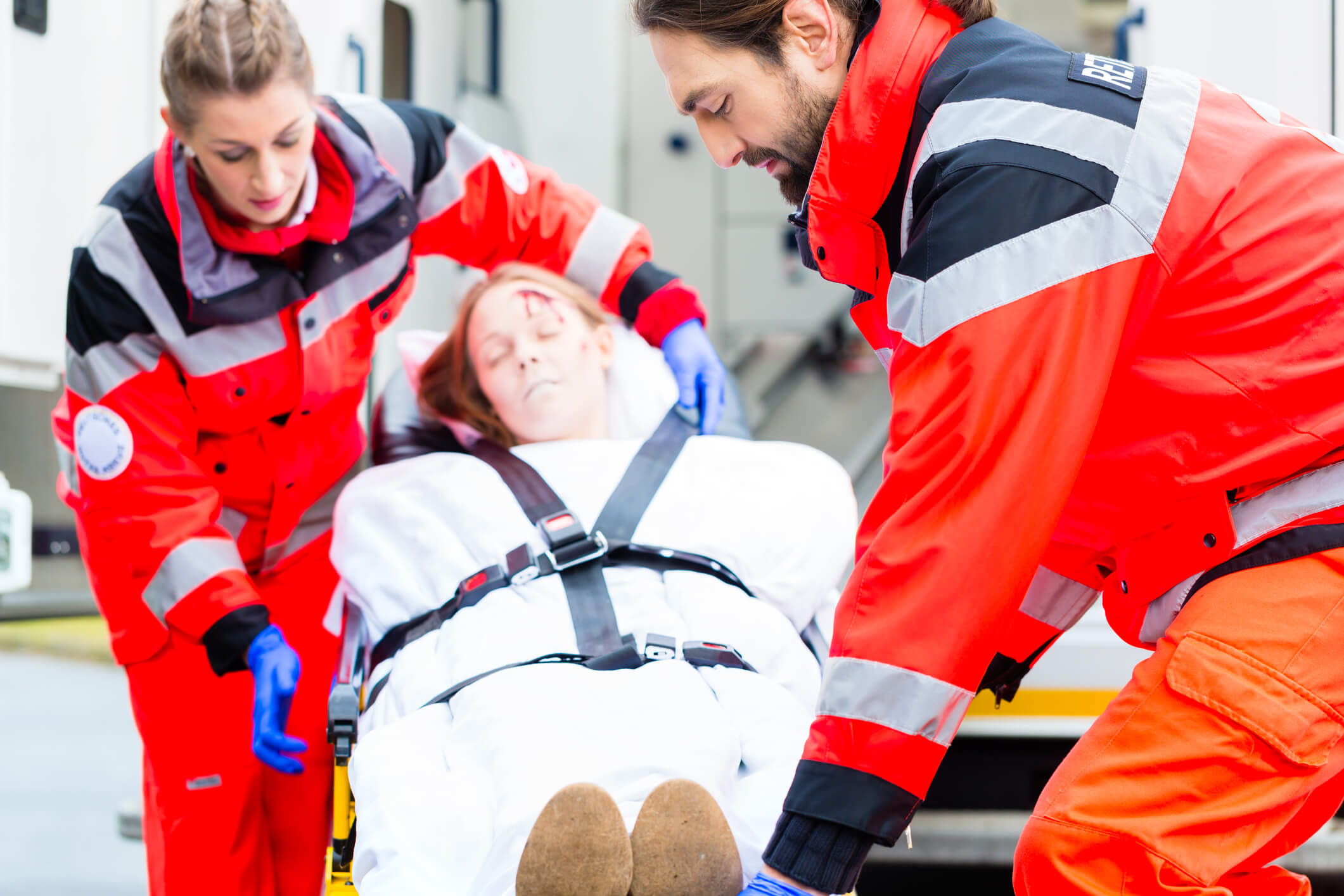
Responding to pediatric special needs patients can be challenging. Depending on the disability, the person may be unable to relate pertinent information about their complaint, level of discomfort, or emotional state. And when the emergency involves the respiratory tract, it only increases the stress of the situation. Let’s discuss some considerations when performing a respiratory assessment on pediatric patients with special needs.
Risk Factors and Pre-Existing Conditions
Many special needs patients suffer from pre-existing respiratory conditions. A recent study identified several respiratory issues related to children with disabilities and some risk factors you may encounter in the field:
- The pediatric patient with neurocognitive impairment often has chronic or persistent respiratory problems.
- The underlying causes include the risk of aspiration, insufficient cough, upper airway obstruction, as well as progressive kyphoscoliosis.
- There is frequently a complex interaction between known risk factors, which include:
- Respiratory insufficiency
- Recurrent and chronic lung infections
- Respiratory muscle wasting
- Hypoxemia
- Malnutrition
- Aspiration
- Decreased cough efficacy with secretions
- Obstructive sleep apnea syndrome
Responding to special needs children not only presents respiratory challenges; you must also consider the type of disability or impairment and how it might affect your assessment and treatment.
Disabilities come in a wide range
These disabilities can affect:
- Vision
- Movement
- Thinking
- Remembering
- Learning
- Communicating
- Hearing
- Mental health
- Social relationships
Any of these can present significant challenges to performing a thorough assessment. And when the patient is a child, there are additional anatomical and physiological differences you must consider when treating a child’s respiratory emergency.
The Unique Attributes of Children
It’s important to consider these essential facts concerning pediatric respiratory systems.
- The respiratory system isn’t fully developed at birth. This means respiratory decompensation occurs more rapidly in children, and recovery takes longer.
- Alveoli expand and replicate until about age four. The lungs develop ultimately between ages five and six, and the alveolar reaches adult capacity in adolescence.
- The younger the child, the faster the respiratory rate.
- Preterm infants have weak respiratory muscles and experience periodic breathing, distinguished by episodes of rapid breathing and apnea, which may lead to hypoxia.
- Children breathe mainly through the nose until about four weeks of age.
- A child’s diaphragm is flatter than an adult’s.
- Infants and children have smaller airways than adults, which leads to increased airway resistance, manifesting as a rapid respiratory rate.
- Children are at high risk for airway obstruction because of increased airway resistance and nasal breathing, even with the presence of minimal amounts of mucus or edema.
- Infants and children have abnormally large tongues, which can cause airway obstruction.
- Children have thinner chest walls than adults and louder breath sounds.
- A child’s chest has cartilaginous structures that increase lung compliance and that also promotes cooperation during auscultation.
With all the complexities of special needs patients, their situation is only compounded when the patient is a child.
Respiratory Assessment Fundamentals
As you approach your patient, your assessment begins. Depending on the special needs, your approach should be tailored to put the patient at ease. Engage family and caregivers to assist you if the patient is apprehensive or combative.
If the patient has a preexisting respiratory condition, they may have a stoma or be on supplemental oxygen or even a ventilator. Get as much information as you can from caregivers.
- Begin with the patient's general appearance. Check to see if they are exhibiting signs of distress, such as:
- Positioning (tripod or unable to recline)
- Anxiety
- Tachycardia
- Tachypnea
- Assess vital signs, including:
- Respiratory rate
- Pulse
- Oxygen saturation
- Capnography
- Blood pressure
- Cardiac rhythm
- What is their level of consciousness? Keep in mind that it may be permanently altered. Is their skin warm and dry, or are they pale, diaphoretic, or cyanotic?
- Be alert for signs of imminent respiratory arrest, which include:
- Decreasing level of consciousness
- Patient tiring/exhaustion
- Cyanosis—a late sign and unreliable
- Use of accessory muscles, obvious retractions
- Inability to speak smoothly
- Inability to lie flat
- Diaphoresis
- Agitation and restlessness that declines due to the loss of consciousness
- Auscultate the chest.
- If possible, have the patient sit upright when listening to breath sounds. Place your stethoscope directly on the skin, not through clothing.
- Assess for rate, depth, and rhythm of respirations, and palpate the chest.
- Place your hands directly on the chest wall during respiration to assess lung status, chest expansion, and skin.
Children with special needs pose certain challenges that must be overcome when performing a respiratory assessment. But by gauging their comfort level, enlisting the help of family and caregivers, and performing a thorough assessment, you can treat the child effectively, despite their preexisting challenges.
Editor's Note: This blog was originally published in April, 2023. It has been re-published with additional up to date content.
















